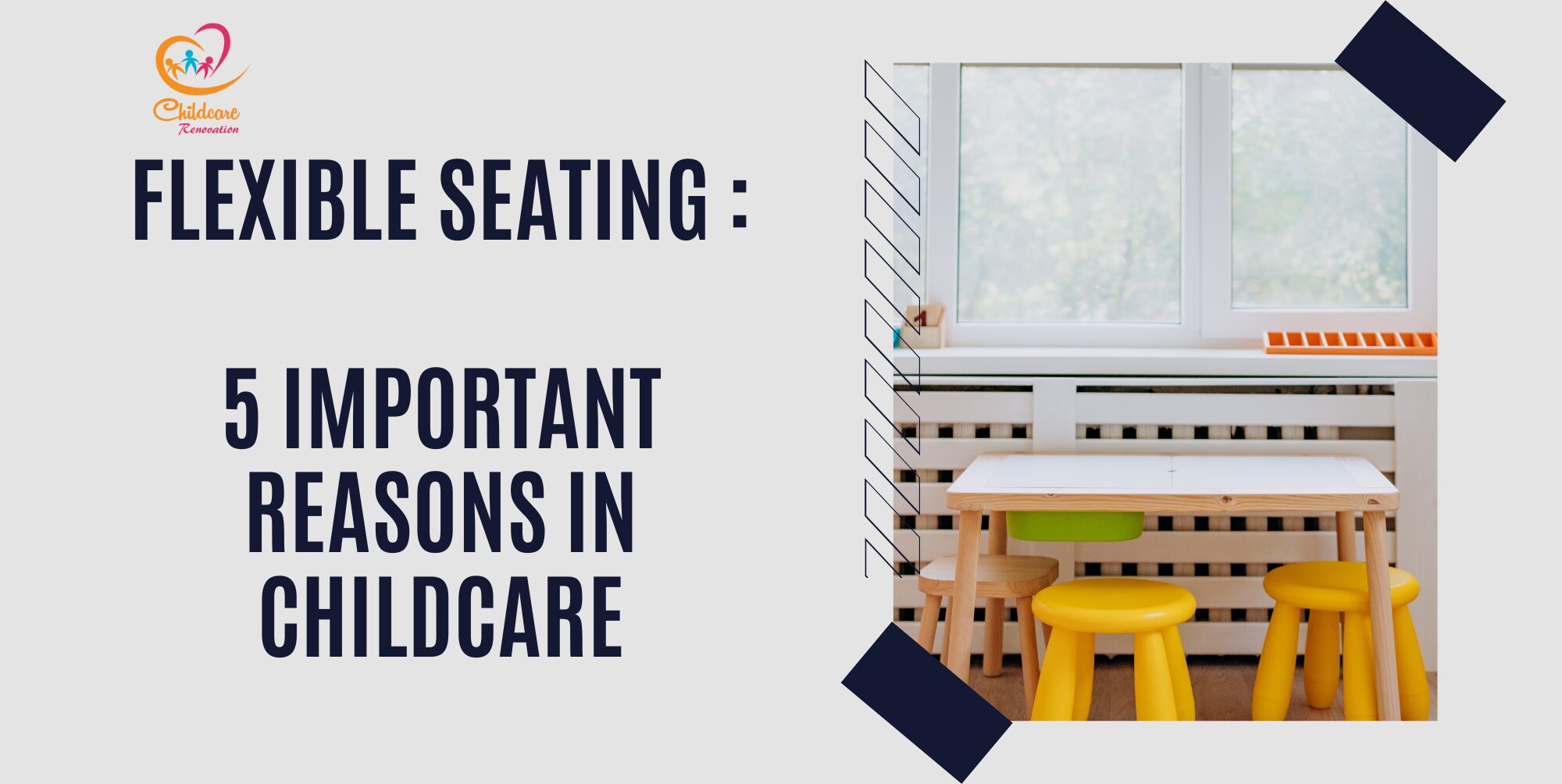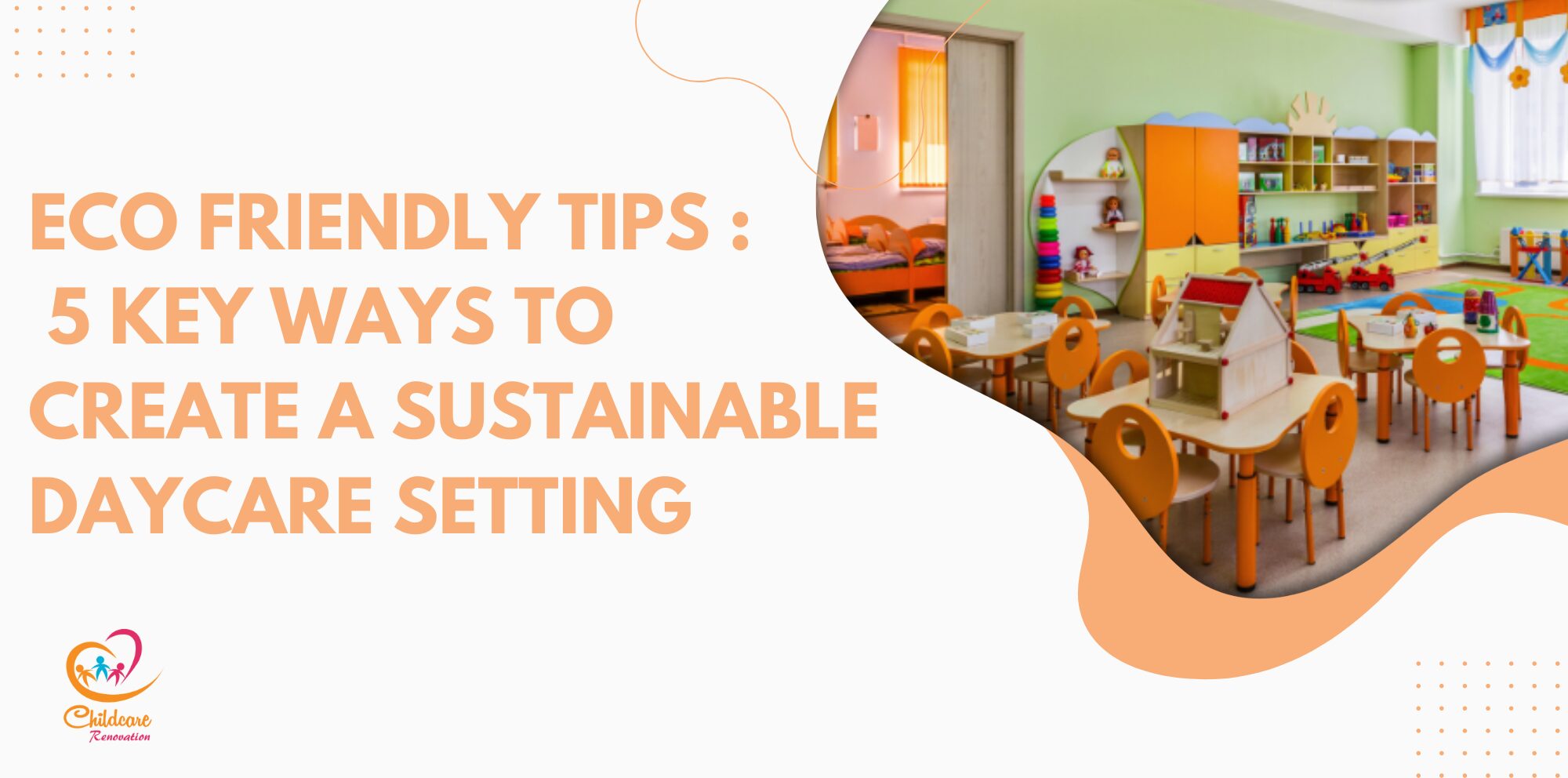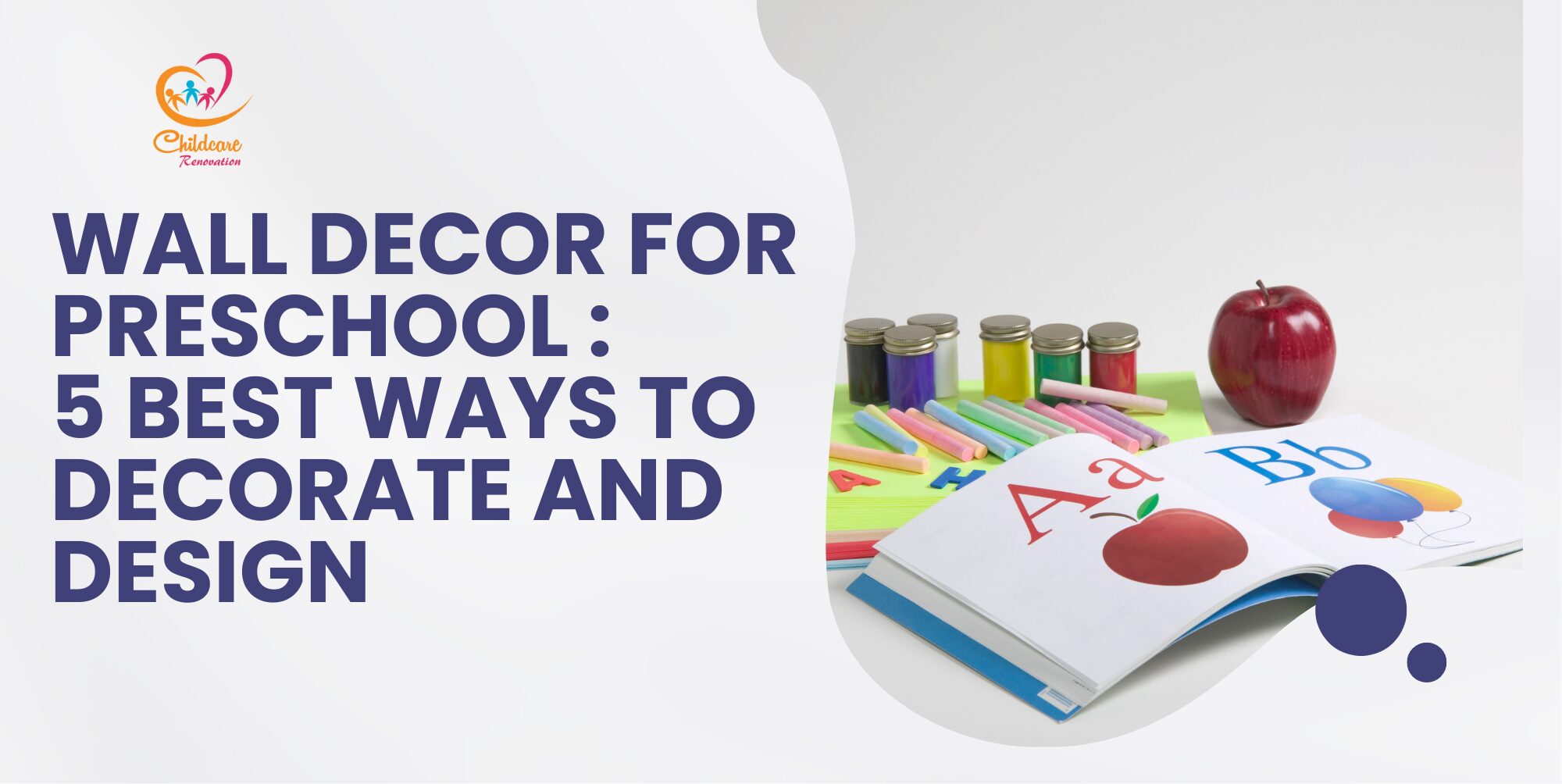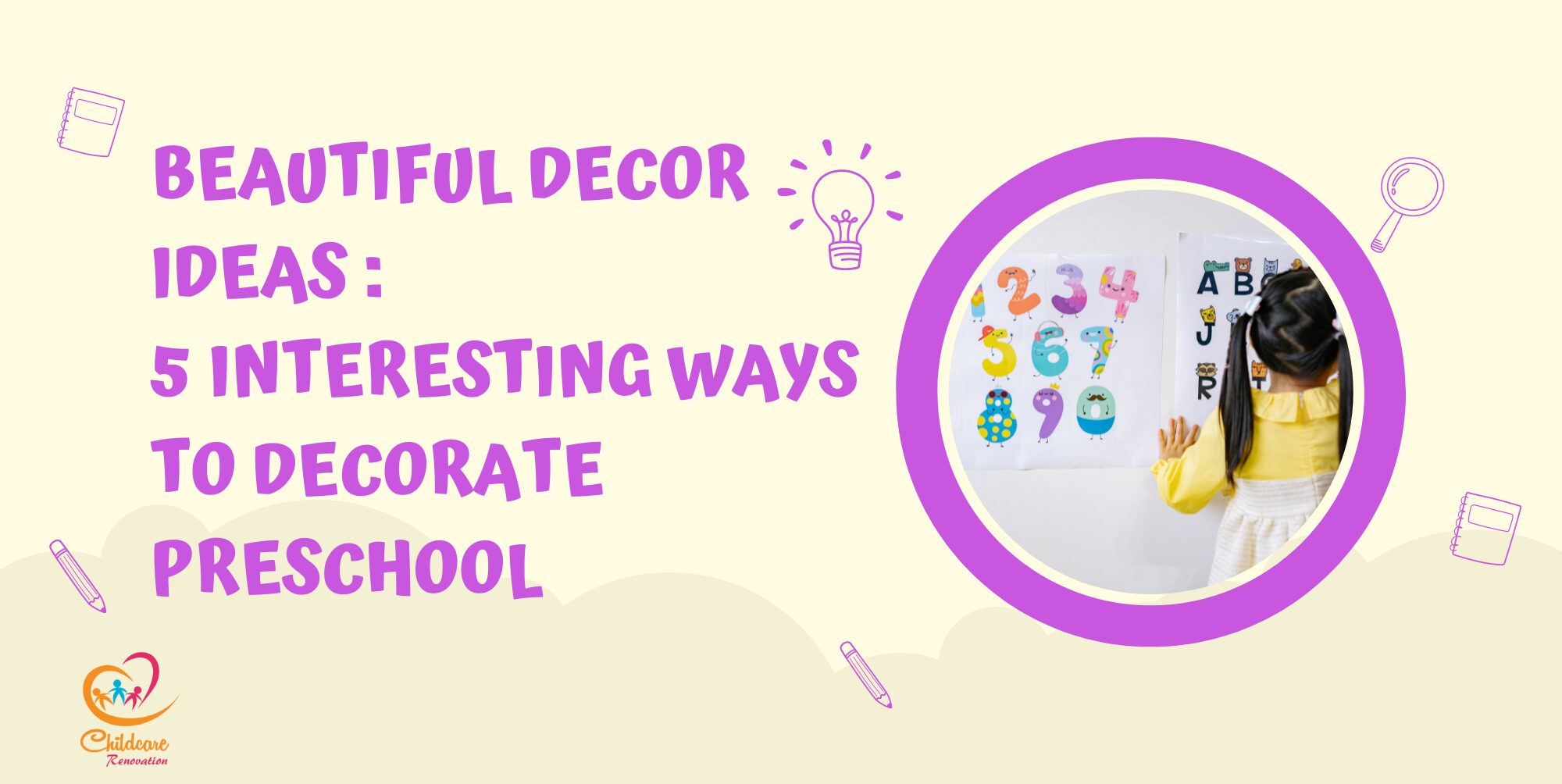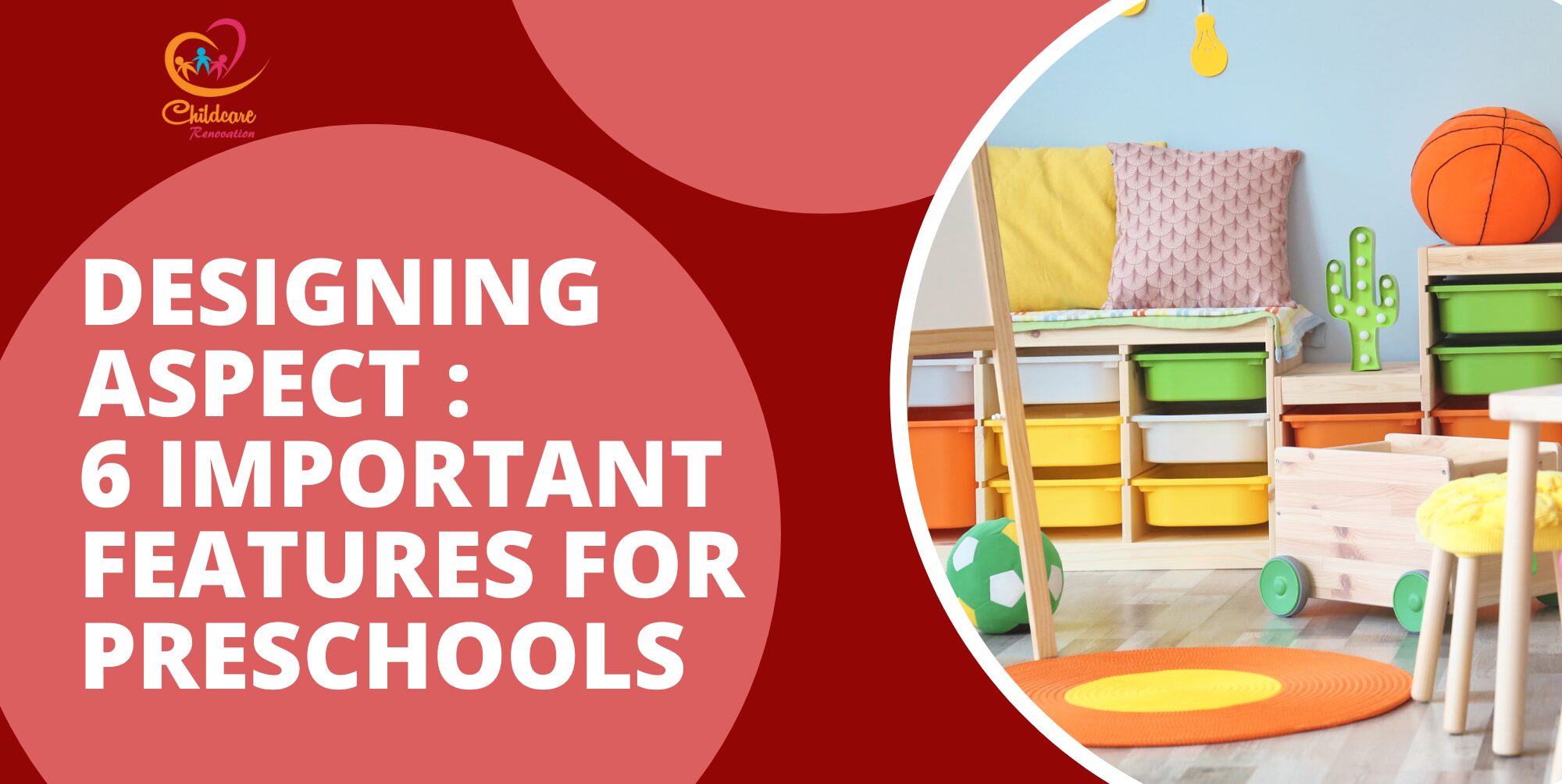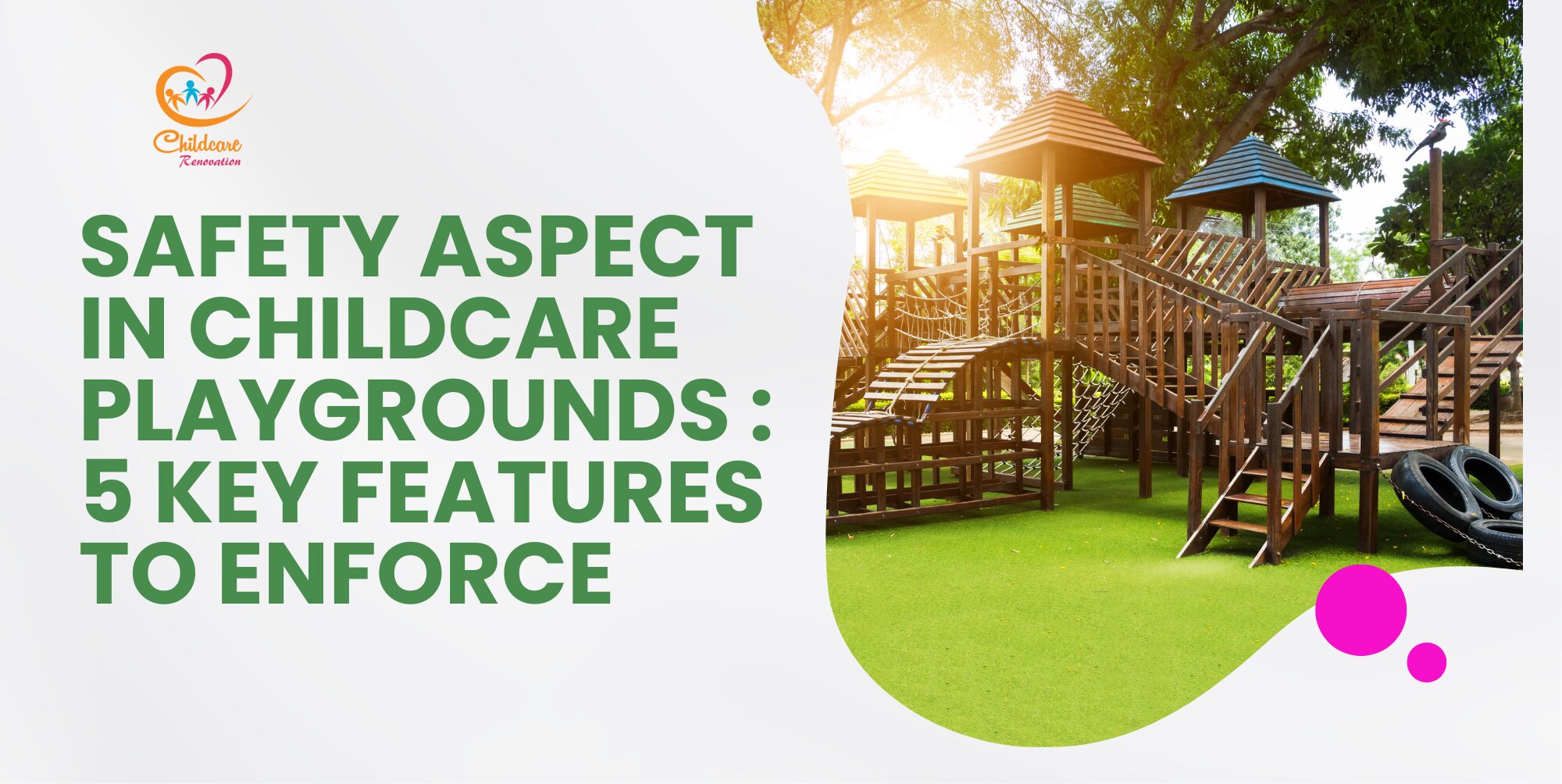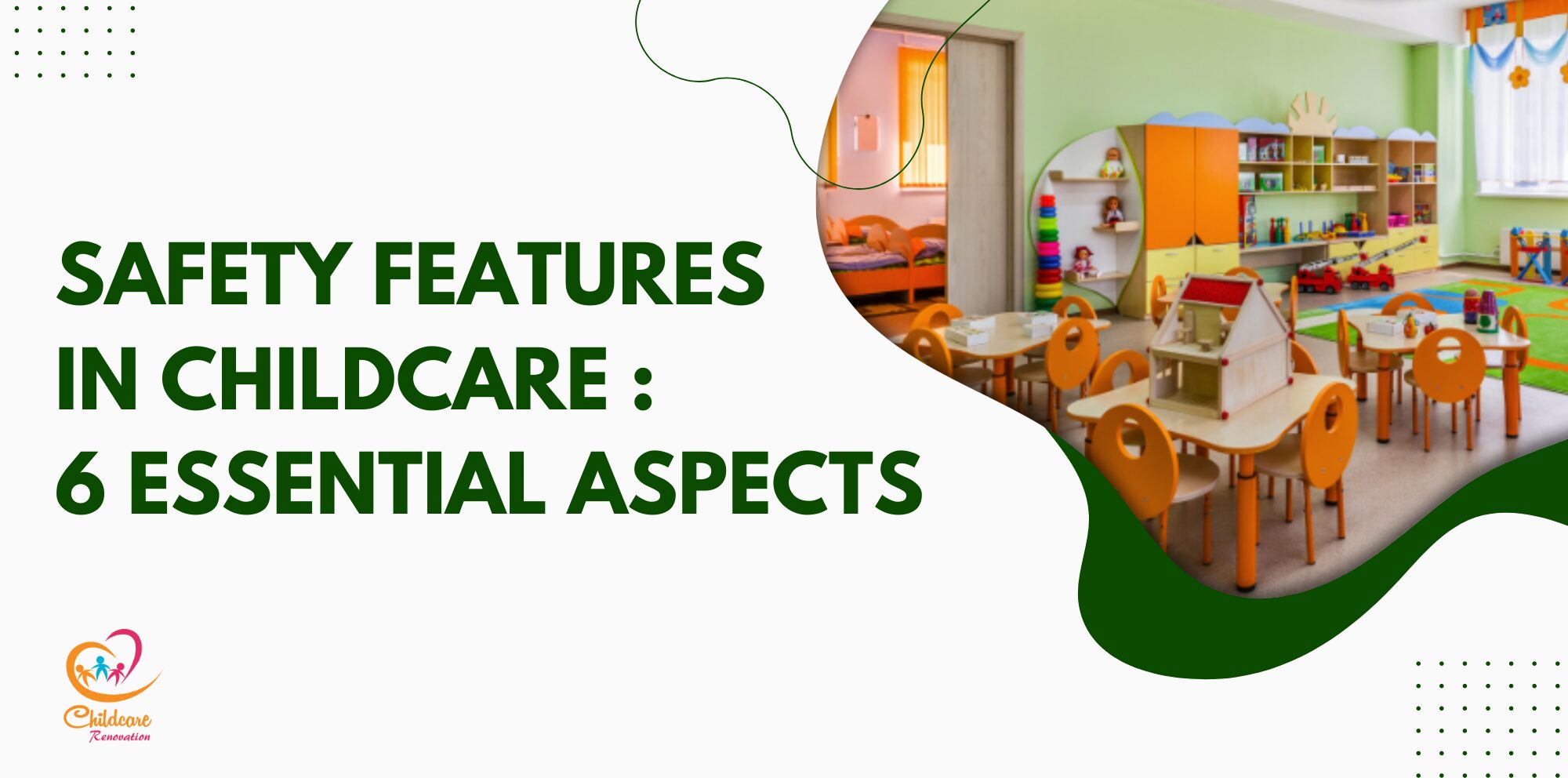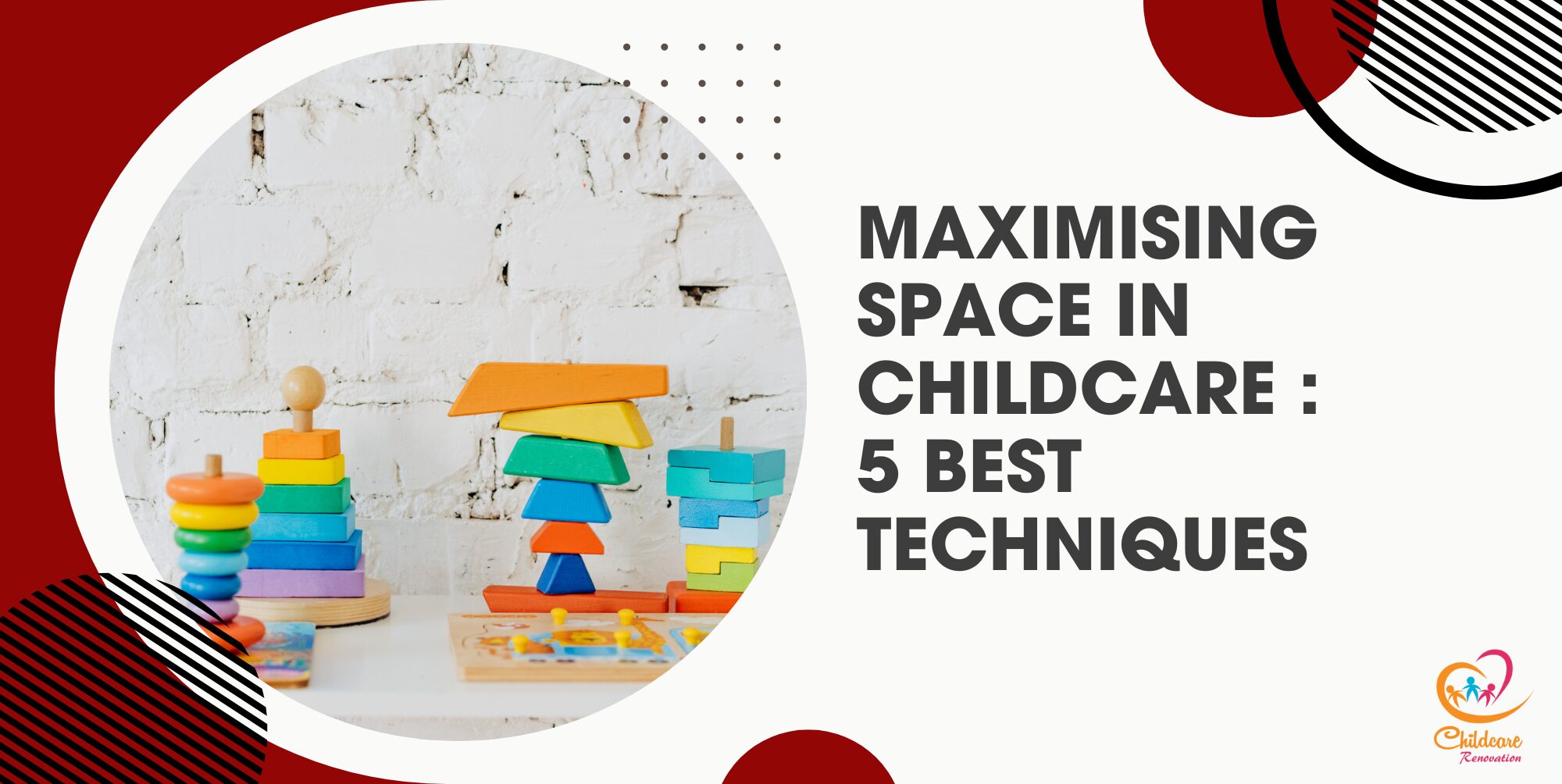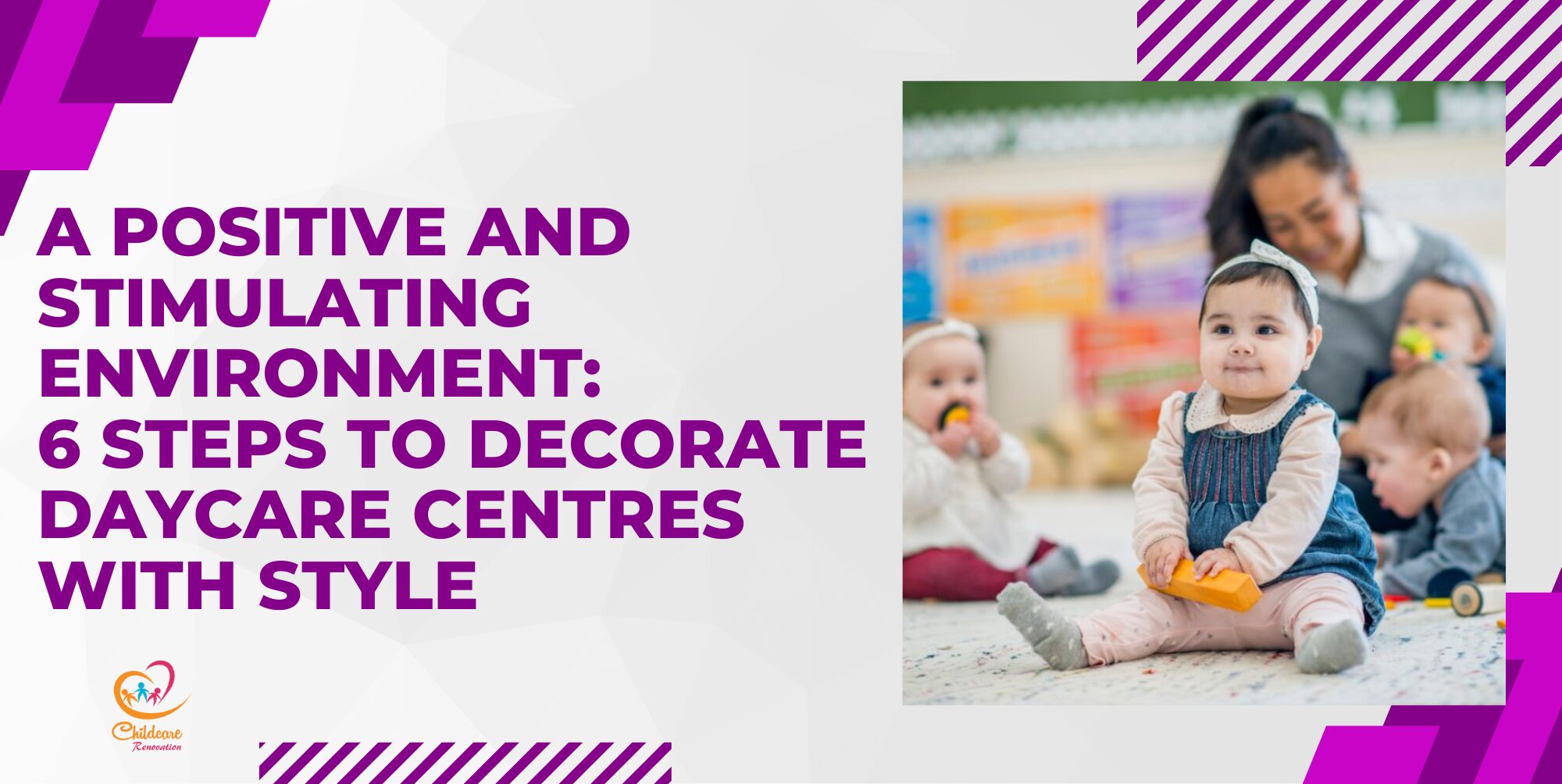Flexible seating is an aspect that should be given emphasis in childcare settings. Childcare providers should be aware on the importance of implementing flexible seating when operating a childcare establishment. Here are 5 aspects that highlights the importance of flexible seating in childcare centres.
Importance of Flexible Seating 1: Enhancing Comfort and Encouraging Choices

Image Credit: Canva
In childcare establishments, the utilisation of seating with a more flexible outlook tends to offer a myriad of benefits, one of which being the heightened emphasis of comfort for young children. By providing a variety of seating options throughout the setting such as bean bags, floor cushions and small chairs, childcare establishments help to create a scenario which encourages and empower young children to select seating that suits their individual preferences and needs. This freedom of choice not only encourages them and enhances their physical comfort but also fosters a sense of independence and autonomy.
When children are allowed to choose where and how they sit, they are more likely to feel comfortable and relaxed; therefore, creating an environment which can positively impact their overall well-being and behaviour. Moreover, offering flexible seating options in childcare settings can have a significant impact on children’s social development. By encouraging children to select their seating, daycare centres create an environment which helps promote decision-making skills and teach them to respect choices made by others.
Additionally, when children are given the opportunity to sit in different arrangements, they learn valuable social skills such as cooperation, sharing and problem-solving. These interactions contribute to the development of strong social skills and help induce good relationship among young children. Furthermore, flexibility in seating can also benefit a child’s cognitive development. When children are comfortable and able to choose their seating, they are more likely to be engaged and focused during activities. This increased focus may help lead to improved learning outcomes as children are more receptive to new information and experiences.
Additionally, by offering a variety of seating options, daycares can create a more dynamic and stimulating environment that helps with exploration, creativity and imagination. Overall, the incorporation of flexible seating in childcare settings not only enhances comfort and encourages decision making among young children but also promotes their social and cognitive development; therefore, creating a nurturing and enriching environment for young learners.
Importance of Flexible Seating 2: Room for Versatility

Image Credit: Canva
The versatility of seating in a more flexible manner in childcare settings provides a range of benefits that contribute to a dynamic and engaging learning environment. One key aspect is the ability to easily adapt seating arrangements to accommodate different activities and group sizes throughout the daycare setting. For instance, seating can be arranged in a circle for group activities, discussions or story time or in rows for a more structured learning activity. This ease in flexibility and change allows childcare establishments to create spaces that are conducive to different types of learning experiences; hence, enhancing the overall effectiveness of the set environment.
Additionally, flexible seating encourages young children to explore and engage with their surroundings in multiple ways. Children can choose seating options that best suit their preferences and needs. For instance, they can decide if they prefer to sit alone or with others, on a chair or on the floor. This flexibility and the freedom of choice encourages independence and self-expression; hence, fostering a sense of responsibility and ownership to the decisions made.
Furthermore, the versatility of flexible seating extends to the physical layout of the childcare space. Since many flexible seating options are often lightweight and easy to move, daycare centres can change and adapt the layout of the room easily when it comes to creating new learning areas or accommodating different activities and events. This adaptable environment not only keeps the setting new, fresh and stimulating for young children but also allows childcare personnel to use of space to its utmost capacity alongside maximising the potential that the childcare centre may hold.
Overall, creating flexibility when it comes to seating childcare settings provides a multiple benefits that will help contribute to a more engaging, adaptable and stimulating learning environment for young learners. This is helpful when it comes to allowing for easy adaptation to different activities, events and group sizes; thus, encouraging independence and self-expression and maximising the use of space. Therefore, flexible seating has the ability to enhance the overall quality of the childcare experience for both children and caretakers.
Importance of Flexible Seating 3: Encourage Social Skills

Image Credit: Canva
Fluidity of seating arrangements in childcare settings is seen to have a crucial role when it comes to the development of social skills among young children. By creating an environment in which there is an abundance of seating options and encouraging children to choose their seats, daycare centres indirectly promote the development of important social skills such as communication and cooperation among young children. When these children are allowed to select their seating, they are required to understand and respect choices and preferences made by their peers.
Moreover, flexibility in terms of seating also encourages children to interact with each other in newer and meaningful ways. Children may choose to sit together anywhere throughout the establishment such as on a large bean bags, common area benches or even on the cushion floors by the reading nook which in return can be helpful in setting up the child to be more receptive towards collaboration and teamwork.
In these shared seating arrangements, children are exposed to the chances on learning how to communicate effectively, negotiate with their peers and resolve conflicts peacefully through problem solving skills. These interactions are essential for young learners when it comes to developing strong social bonds and creating a sense of community within the childcare setting. Furthermore, ensuring flexibility in terms of seating allows for greater adaptability in group scenarios, which aids in enabling children to interact with a larger and vast group of peers. This exposure to differing social constructs and dynamics helps young children develop the ability to adapt to new situations and understand different perspectives that may be displayed by their friends or caretakers.
Additionally, by giving young children the freedom to choose their seating, caretakers empower them to take ownership of their social interactions while developing a sense of accountability in the child’s relationships with others. Overall, flexible seating in childcare settings provides many valuable opportunities for children to develop essential social skills. Situations that encourage communication, cooperation and teamwork can be created through the implementation of flexible seating in childcare centres; therefore, fostering a supportive and inclusive environment where children can learn and grow together.
Importance of Flexible Seating 4: Emotional Well Being

Image Credit: Canva
In daycare settings, implementing and utilising flexible seating in major aspects of the establishment can significantly impact the emotional well-being of children. Creating and providing a multitude of seating options will allow young children to select seating elements that makes them feel comfortable and secure which in turn can have a more positive effect on their emotional state. When children tend to feel comfortable in their environment as well as with the decisions that they made, they are more likely to feel relaxed and at ease; therefore, reducing the chances in which they may feel a heightened sense of anxiety and stress.
Apart from that, flexible seating helps to promote a sense of independence and empowerment among young children. By allowing them to choose their seating, caretakers not only cultivate an environment in which they respect the child’s preferences and further encourage them to make decisions for themselves; thus, aiding in creating a more harmonious and positive sentiment across the setting. This sense of autonomy can boost the self-esteem and confidence of these young learners, leading to improved emotional well-being while safeguarding their mental health from an early age.
Moreover, flexible seating encourages a sense of belonging and inclusivity within the childcare setting. When children are given the opportunity to choose where they want to sit and whom they want to be with, they are more likely to feel valued and accepted by their peers and caretakers. This sense of belonging, when created, can have a more positive impact on the child’s emotional health; hence, helping them feel more connected to their environment and the people that they surround themselves with.
Additionally, flexible seating can be helpful in providing a sense of security for children who may struggle with changes or transitions. Creating and having access to a familiar and comfortable seating option can act as a source of comfort during times of uncertainty which can be key in helping young children feel more secure and supported in their surroundings and environment.
Overall, the implementation and utilisation of flexible seating in childcare settings can have a significant impact on the emotional well-being of young children. By promoting comfort, independence and creating a sense of belonging, flexible seating aids in establishing a nurturing environment in which can impact children positively.
Importance of Flexible Seating 5: Physical Health

Image Credit: Canva
Implementing flexible seating in childcare establishments can be an immense positive impact on the aspect of physical health among young children in several ways. One key aspect is the promotion of better posture and reduced risk of musculoskeletal issues. Unlike traditional seating that may force children into a more stationary and uncomfortable position, flexible seating options such as bean bags, floor cushions, movable benches and stools allow for more dynamic flow, movement and changes in posture throughout the activities or time spent at the establishment. This encourages children to sit in ways that are more natural and ergonomic; therefore, reducing the strain on their posture, muscles and joints.
Furthermore, flexible seating in a daycare setting tends to encourage more movement and physical activity throughout the day. Children will have the freedom to choose seating that gives them more room and space to move and fidget, which in turn can help prevent the negative effects of prolonged sitting. By incorporating movement into their day-to-day activities, young children can improve their overall physical health and reduce the risk of developing sedentary-related health issues in the long run.
Additionally, flexible seating can support the development of motor skills from an early age. Seating options that require children to adjust their position such as stability balls or stools can indirectly help children strengthen their core muscles and improve overall balance and coordination. These benefits extend beyond the childcare setting as strong and well developed motor skills are essential for overall physical development and well-being.
Overall, the use of flexible seating in childcare settings can induce a positive impact on the physical health of young children, that too from a very early age. By promoting better posture, encouraging movement and physical activity, alongside supporting the development of motor skills, flexible seating creates an environment in daycare settings that fosters physical well-being and sets the foundation for a healthy lifestyle.
Speak with The Experts
Planning to get started at your kindergarten but have no idea about it?
Childcare Center Renovation Singapore is a reliable company for renovation and interior design. They have about ten years of experience in this field and have a good reputation among customers.
Call us now to get your desired kindergarten design ideas now!

